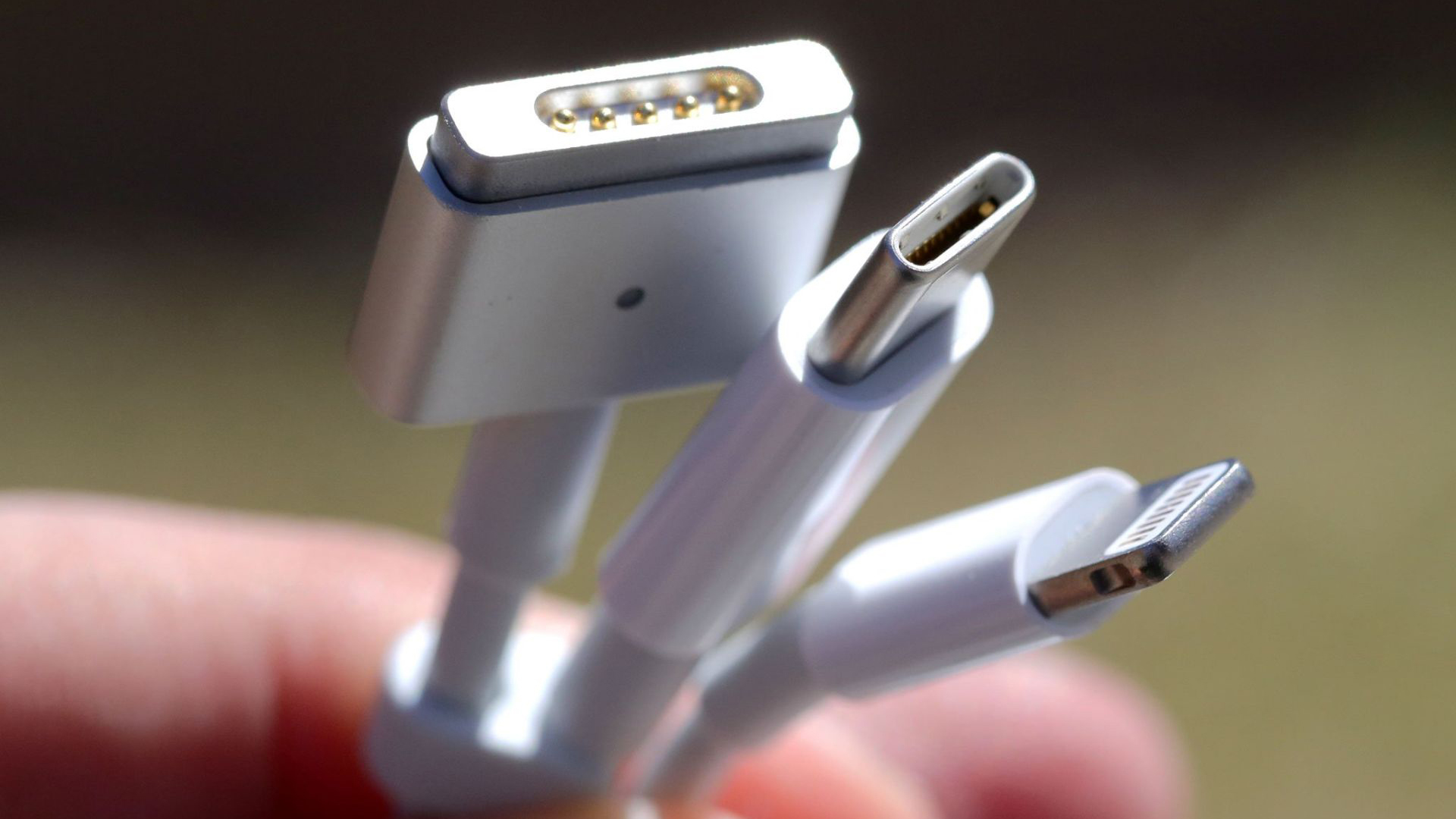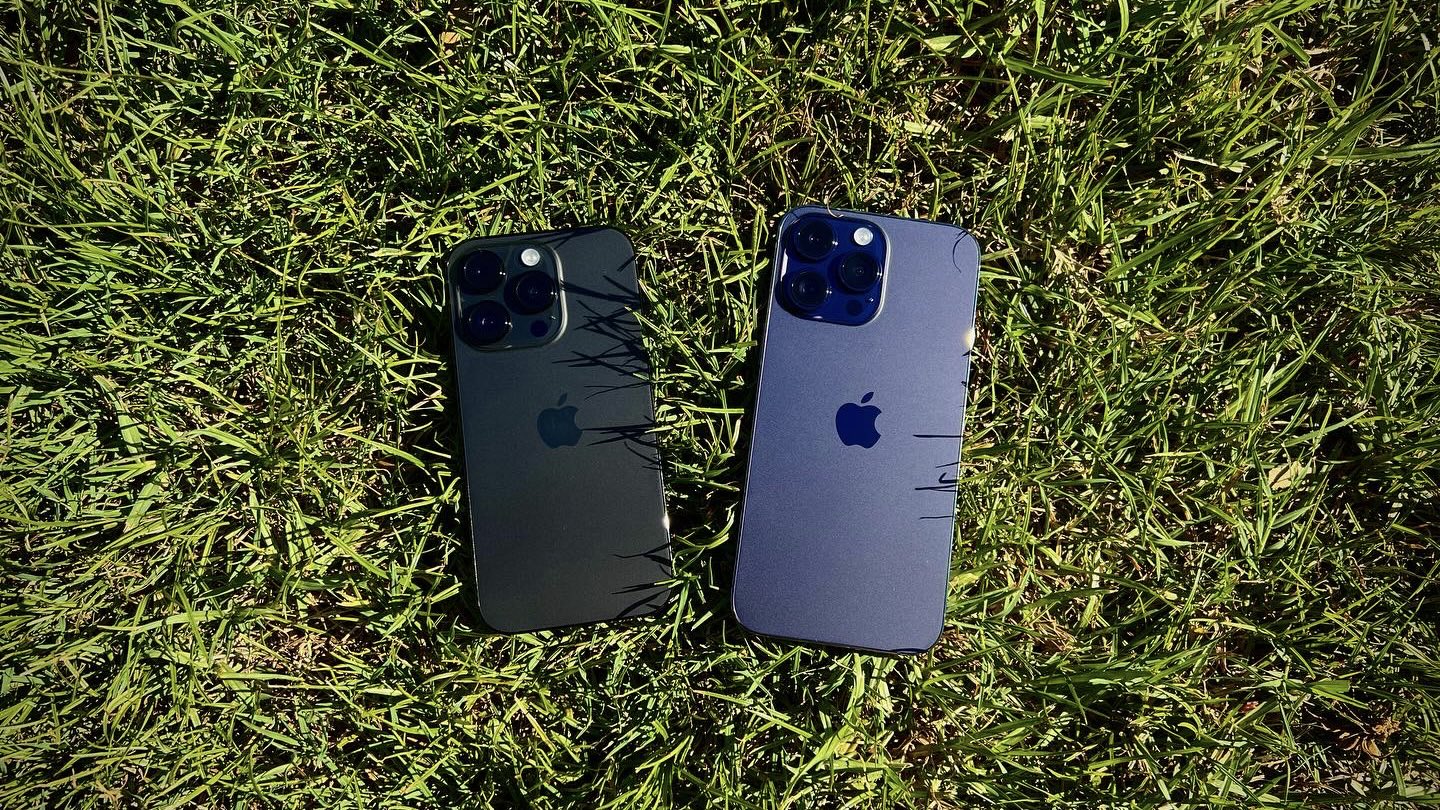Apple announced a brand new iPad recently and it’s the best entry-level iPad that it’s ever made, despite some strange design decisions. One decision that isn’t strange is the move from Lightning to USB-C, but even then, it’s somehow also a hint at the chaos to come.
See, Apple’s brand new 10th-generation iPad brings with it a USB-C port in place of the familiar Lightning. That’s a good thing for reasons that we’ll get to, but Apple finds itself stuck in a bit of a pickle as a result. Namely, the tablet is only compatible with the 1st-gen Apple Pencil — and it uses Lightning to charge. The answer, in typical Apple fashion, is a dongle. It’s unwieldy and uncouth. Unfortunately, it isn’t un-Apple. Just ask the owner of an older MacBook Pro whose drawers are full of similar dongles.
But if you think it’s bad now, you just wait until the iPhone makes the switch to USB-C. And yet, it’ll all be worthwhile. Transitions are just that, transitions. And they come to an end. When they do, all the pain is forgotten. We just need to get there first.
A forced transition
To understand what’s ahead, we first need to look at why it’s all happening.
In terms of the iPhone, Apple has now finally confirmed it — a USB-C iPhone is coming. But it isn’t coming because Apple wants it to. It’s coming because the European Union (EU) is getting ready to mandate it, starting in 2024.
When that mandate kicks in, all smartphones, earbuds, and other personal electronics need to move to a common charging standard. In this case, that’s USB-C seeing as Apple is very much the odd one out in using something else. There was no way Samsung, Motorola, and the rest were going to move to Lightning, were they?
As for why the EU wants to push Apple towards USB-C, it’s all pretty simple — it’s said that unwanted chargers create around 11,000 tons of e-waste every year, and having everyone use one type of cable means that people who switch from iPhone to Android and back need not buy new charging accessories when they do. It’s just better for the environment if we all use a single type of cable.
On top of that, Jozef Síkela, Minister for Industry and Trade, hit the nail on the head when confirming the mandate is now official. “We all have at least three mobile phone chargers at home,” Síkela said, adding that “looking for the right charger, either at home or at work, can be quite annoying.” It’s difficult to argue with that. And even in an all-Apple household, iPad chargers are no longer the same as iPhone chargers. It’s a mess.
Ironically, the environmental aspect is one that you might imagine Apple could get right behind. The company regularly talks about its environmental chops, sharing press releases about wind farms and telling us how friendly its new products are to the planet. Maybe that’s how it will explain the transition to USB-C when it finally comes around. We’ll find out soon enough.

Whether what the EU is saying is the whole story or not, only the people on the inside really know. We do know that Apple and the EU have been at loggerheads over the idea of a common charger for years. And then there’s the ongoing App Store antitrust issues that continue to bubble along nicely.
Ultimately, Apple and the EU aren’t always the very best of friends. Would the EU push through a common charger mandate just to stick it to Apple? Surely not.
Selling the USB-C transition
And sell it, Apple will need to.
At any given moment millions upon millions of iPhones are connected to Lightning cables, merrily charging away. Then there are the ones connected to cars for CarPlay, too. And ones transferring images and videos and whatnot. Whatever they’re doing, there is a lot of them. And they’re all doing it using the cable that came in the box or one of the many they likely have in a drawer somewhere.
People have a lot of Lighting cables.
And then there are the docks. And the charging stands. And … you get the idea. Apple and third-party partners have been selling accessories built around the Made For iPhone (MFi) program for a decade now. Apple introduced the Lightning connector in 2012, and people have a whole collection of cables and whatnot that use it. Even Apple’s own 1st-gen Apple Pencil uses it, as I mentioned earlier.
As someone who lived through the transition from the 30-pin Dock connector to Lightning ten years ago, let me tell you this. People got mad. Even today, people accuse Apple of changing cables regularly to get more money out of them. In reality, the 30-pin Dock Connector was around for almost ten years and the Lightning cable will have been around for longer by the time it goes away for good. Apple doesn’t change cables very often at all. But you try telling that to people on Twitter.

It isn’t just iPhones, of course. The EU mandate also requires headphones to use USB-C from 2024 onwards, including AirPods, AirPods Pro, and AirPods Max. And then there are legacy accessories like that Apple Pencil and EarPods. Remember those?
“The move to USB-C will mean that some Apple accessories such as the Apple Pencil or EarPods will need an adapter, which will create more e-waste as consumers transition, and likely annoy users who expect the usual crisp Apple product experience,” says CCS Insights analyst James Manning Smith (opens in new tab). “While this will create some difficulties in the short-term, in the long term consumers will benefit from the move.”
There’s an additional wrinkle, though. USB-C might be the common cable to rule them all, but what comes next? Apple argues that the EU will stifle innovation with this mandate because companies won’t spend the money to create competing connectors if they can’t be used. Even taking a more optimistic view that they will, there’s the chance the EU could leave everyone stuck with old technology anyway.
“At present USB-C does a good job as a connectivity solution but the EU will need to keep a watching brief on how the technology evolves to ensure that mandating this standard does not stymie future technology improvements,” notes Smith.
We all win, eventually
Realistically, moving the iPhone to USB-C is something that should probably have happened already. Lightning’s file transfer speed is just too slow in a world where an iPhone is recording videos with ever-ballooning file sizes. And who doesn’t like USB-C? My house is full of USB-C cables between the iPad Air and iPad Pro we have combined with the Nintendo Switch, too.
“The EU’s mandate is a victory for common sense,” says Smith. “Although Apple has a huge installed base of Lighting cable-powered devices, the ubiquity of USB-C across all consumer electronics products means that harmonizing on USB-C makes perfect sense.”
Even taking the environmental situation out of the equation, there’s little arguing against USB-C being the best iPhone cable in the long run. After we’ve replaced all of our docks and cables and stands, that is.



